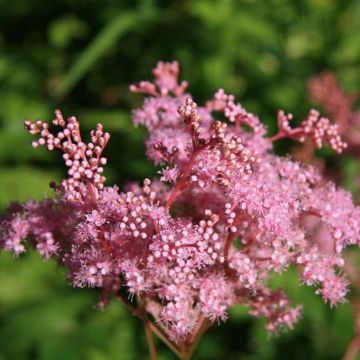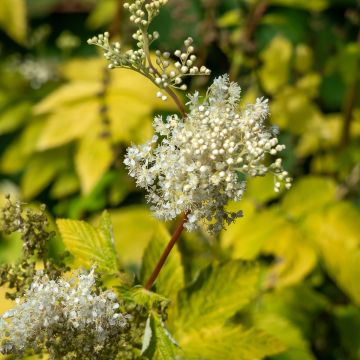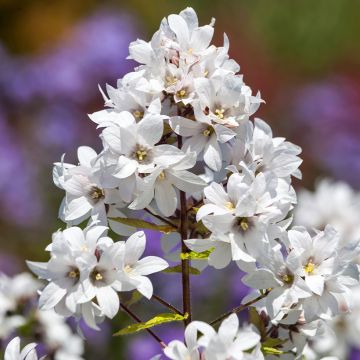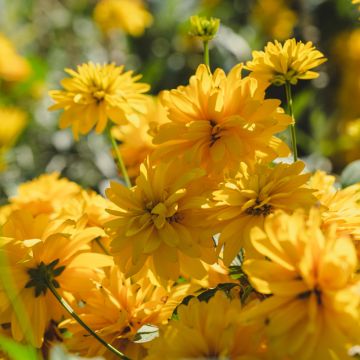

Filipendula rubra Venusta


Filipendula rubra Venusta


Filipendula rubra Venusta


Filipendula rubra Venusta


Filipendula rubra Venusta


Filipendula rubra Venusta
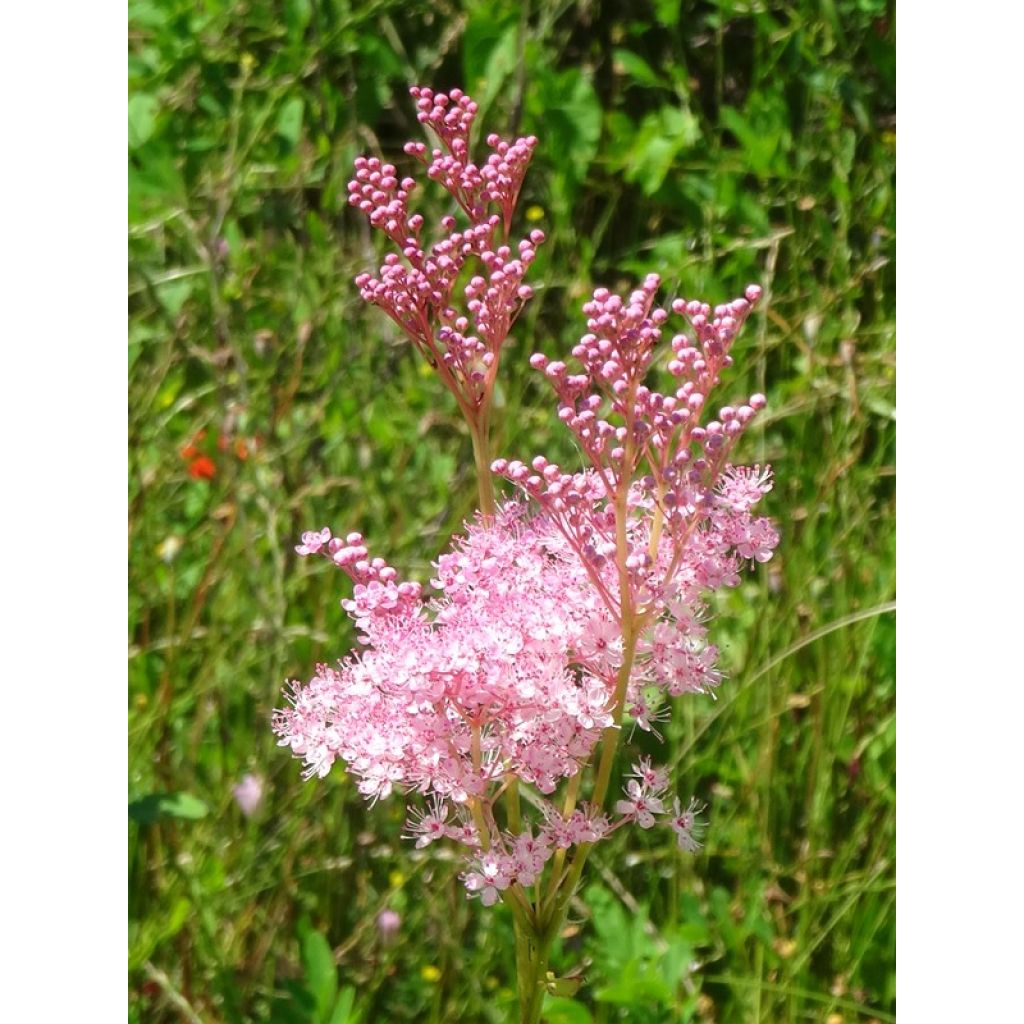

Filipendula rubra Venusta


Filipendula rubra Venusta
Filipendula rubra Venusta
Filipendula rubra Venusta
Meadowsweet
This item cannot be shipped to the selected country
Delivery charge from €5.90
Delivery charge from €5.90
More information
Schedule delivery date,
and select date in basket
This plant carries a 12 months recovery warranty
More information
We guarantee the quality of our plants for a full growing cycle, and will replace at our expense any plant that fails to recover under normal climatic and planting conditions.
From €5.90 for pickup delivery and €6.90 for home delivery
Express home delivery from €8.90.
From €5.90 for pickup delivery and €6.90 for home delivery
Express home delivery from €8.90.
Does this plant fit my garden?
Set up your Plantfit profile →
Description
The Filipendula rubra Venusta is a large Meadowsweet, a perennial as impressive as it is robust, which seduces with its extraordinary flowering in fluffy plumes of bright baby pink. Under its extraordinary flowering, elegantly cut foliage adds to the plant's attraction even outside of flowering. This plant, which prefers moist to wet soil, is perfectly cold-resistant. It will adapt to any non- or slightly calcareous soil, remaining moist, and will create a sensation at the back of flower beds or near water sources.
The Filipendula rubra Venusta, or Red Meadowsweet, from the rose family, is a luxuriant perennial with a rhizomatous and suckering stump, native to the wet meadows of the United States. Its growth is fast, forming an imposing clump with a slightly spreading habit, reaching 1.80 m (6ft) in height when flowering and about 60 cm (24in) in diameter at maturity. The plant develops slightly purple-tinged, thread-like and ramified stems in spring, which are strong enough not to require staking. They bear large, lobed and finely veined leaves reminiscent of castor oil plants or herbaceous peonies. Their colour is a light and bright green in summer, with young leaves purple in spring. Flowering occurs in July-August, sometimes as early as June, depending on the climate. Large compound panicles appear at the top of floral stems that exceed the foliage, composed of numerous tiny flowers with protruding stamens. Their colour is intense and fresh pink, with a beautiful vivacity. The intensity of the pink fades over the course of days. This fluffy flowering, highly visited by pollinating insects, lasts several weeks, unaffected by weather fluctuations. It is followed by the formation of seeds that will germinate quite easily in moist soil.
In the garden, the Queen of the Meadows Venusta will quickly become an attraction, planted en masse at the back of flower beds, in moist to wet soil, even in heavy, sticky clay soil, or placed near a pond or a marsh. Airy, fluffy, almost feathery, it will bring a lot of lightness and a beautiful touch of candy pink to your flower beds. You can easily associate it with many other perennials, such as Blackfield Persicaria Knotweed, Purple Eupatorium, and Chinese Loosestrife, as well as Joe-Pye weeds and willowherbs. It is also a purifying plant used in lagoons to filter water bodies.
Report an error about the product description
Filipendula rubra Venusta in pictures






Flowering
Foliage
Plant habit
Botanical data
Filipendula
rubra
Venusta
Rosaceae
Meadowsweet
Cultivar or hybrid
Other Filipendula
Planting and care
The Filipendula rubra 'Venusta' grows in the sun or partial shade; it likes a fresh and moist soil, humus-bearing or even very clayey and sticky, but preferably without limestone. It requires fresh soil throughout the year and tolerates waterlogged soils well. The cold resistance is excellent up to about -18° (-0.4°F). It is a hungry plant that will appreciate a layer of compost in spring.
Planting period
Intended location
Care
-
, onOrder confirmed
Reply from on Promesse de fleurs
Summer flowering perennials
Haven't found what you were looking for?
Hardiness is the lowest winter temperature a plant can endure without suffering serious damage or even dying. However, hardiness is affected by location (a sheltered area, such as a patio), protection (winter cover) and soil type (hardiness is improved by well-drained soil).

Photo Sharing Terms & Conditions
In order to encourage gardeners to interact and share their experiences, Promesse de fleurs offers various media enabling content to be uploaded onto its Site - in particular via the ‘Photo sharing’ module.
The User agrees to refrain from:
- Posting any content that is illegal, prejudicial, insulting, racist, inciteful to hatred, revisionist, contrary to public decency, that infringes on privacy or on the privacy rights of third parties, in particular the publicity rights of persons and goods, intellectual property rights, or the right to privacy.
- Submitting content on behalf of a third party;
- Impersonate the identity of a third party and/or publish any personal information about a third party;
In general, the User undertakes to refrain from any unethical behaviour.
All Content (in particular text, comments, files, images, photos, videos, creative works, etc.), which may be subject to property or intellectual property rights, image or other private rights, shall remain the property of the User, subject to the limited rights granted by the terms of the licence granted by Promesse de fleurs as stated below. Users are at liberty to publish or not to publish such Content on the Site, notably via the ‘Photo Sharing’ facility, and accept that this Content shall be made public and freely accessible, notably on the Internet.
Users further acknowledge, undertake to have ,and guarantee that they hold all necessary rights and permissions to publish such material on the Site, in particular with regard to the legislation in force pertaining to any privacy, property, intellectual property, image, or contractual rights, or rights of any other nature. By publishing such Content on the Site, Users acknowledge accepting full liability as publishers of the Content within the meaning of the law, and grant Promesse de fleurs, free of charge, an inclusive, worldwide licence for the said Content for the entire duration of its publication, including all reproduction, representation, up/downloading, displaying, performing, transmission, and storage rights.
Users also grant permission for their name to be linked to the Content and accept that this link may not always be made available.
By engaging in posting material, Users consent to their Content becoming automatically accessible on the Internet, in particular on other sites and/or blogs and/or web pages of the Promesse de fleurs site, including in particular social pages and the Promesse de fleurs catalogue.
Users may secure the removal of entrusted content free of charge by issuing a simple request via our contact form.
The flowering period indicated on our website applies to countries and regions located in USDA zone 8 (France, the United Kingdom, Ireland, the Netherlands, etc.)
It will vary according to where you live:
- In zones 9 to 10 (Italy, Spain, Greece, etc.), flowering will occur about 2 to 4 weeks earlier.
- In zones 6 to 7 (Germany, Poland, Slovenia, and lower mountainous regions), flowering will be delayed by 2 to 3 weeks.
- In zone 5 (Central Europe, Scandinavia), blooming will be delayed by 3 to 5 weeks.
In temperate climates, pruning of spring-flowering shrubs (forsythia, spireas, etc.) should be done just after flowering.
Pruning of summer-flowering shrubs (Indian Lilac, Perovskia, etc.) can be done in winter or spring.
In cold regions as well as with frost-sensitive plants, avoid pruning too early when severe frosts may still occur.
The planting period indicated on our website applies to countries and regions located in USDA zone 8 (France, United Kingdom, Ireland, Netherlands).
It will vary according to where you live:
- In Mediterranean zones (Marseille, Madrid, Milan, etc.), autumn and winter are the best planting periods.
- In continental zones (Strasbourg, Munich, Vienna, etc.), delay planting by 2 to 3 weeks in spring and bring it forward by 2 to 4 weeks in autumn.
- In mountainous regions (the Alps, Pyrenees, Carpathians, etc.), it is best to plant in late spring (May-June) or late summer (August-September).
The harvesting period indicated on our website applies to countries and regions in USDA zone 8 (France, England, Ireland, the Netherlands).
In colder areas (Scandinavia, Poland, Austria...) fruit and vegetable harvests are likely to be delayed by 3-4 weeks.
In warmer areas (Italy, Spain, Greece, etc.), harvesting will probably take place earlier, depending on weather conditions.
The sowing periods indicated on our website apply to countries and regions within USDA Zone 8 (France, UK, Ireland, Netherlands).
In colder areas (Scandinavia, Poland, Austria...), delay any outdoor sowing by 3-4 weeks, or sow under glass.
In warmer climes (Italy, Spain, Greece, etc.), bring outdoor sowing forward by a few weeks.



































